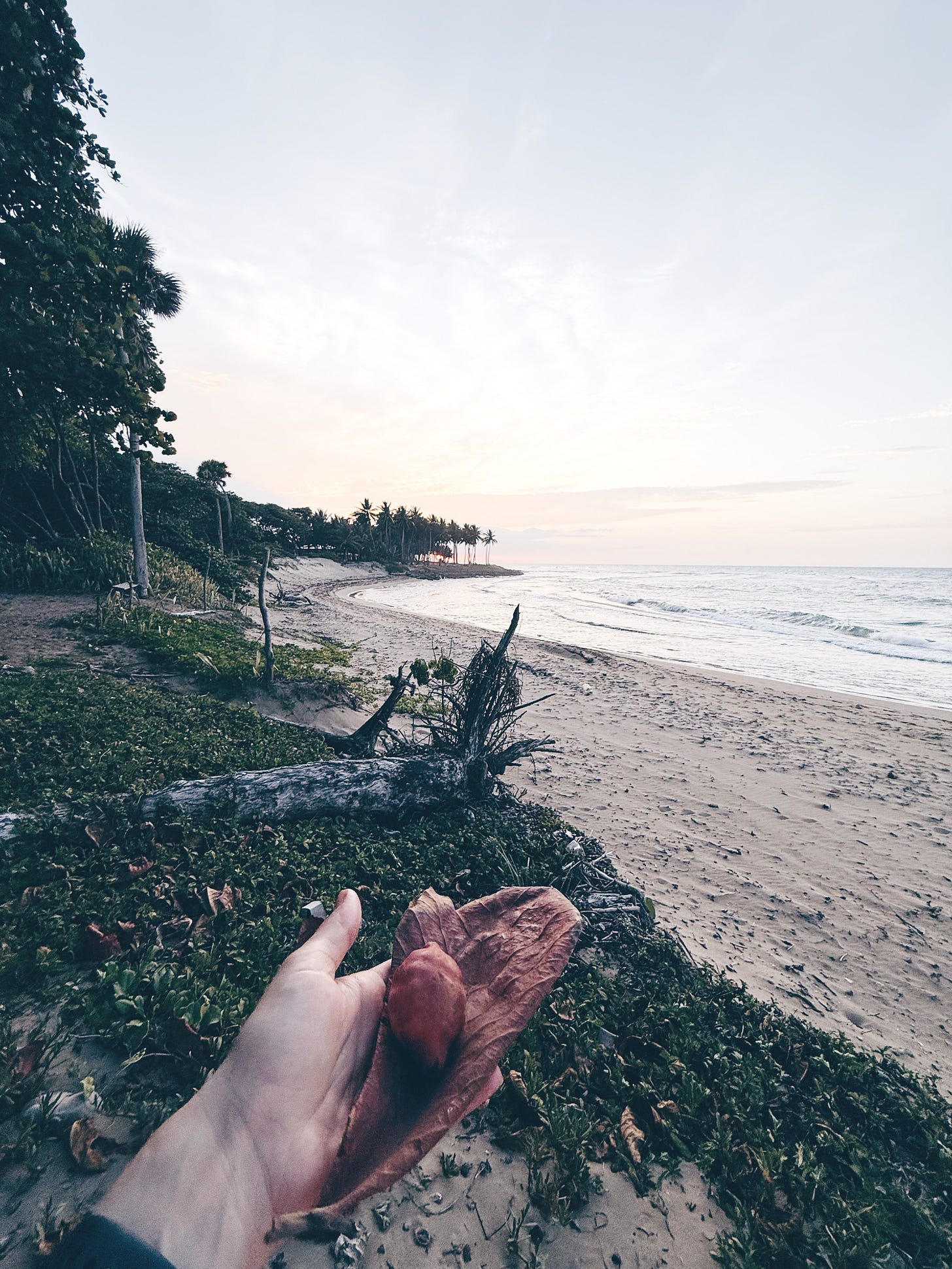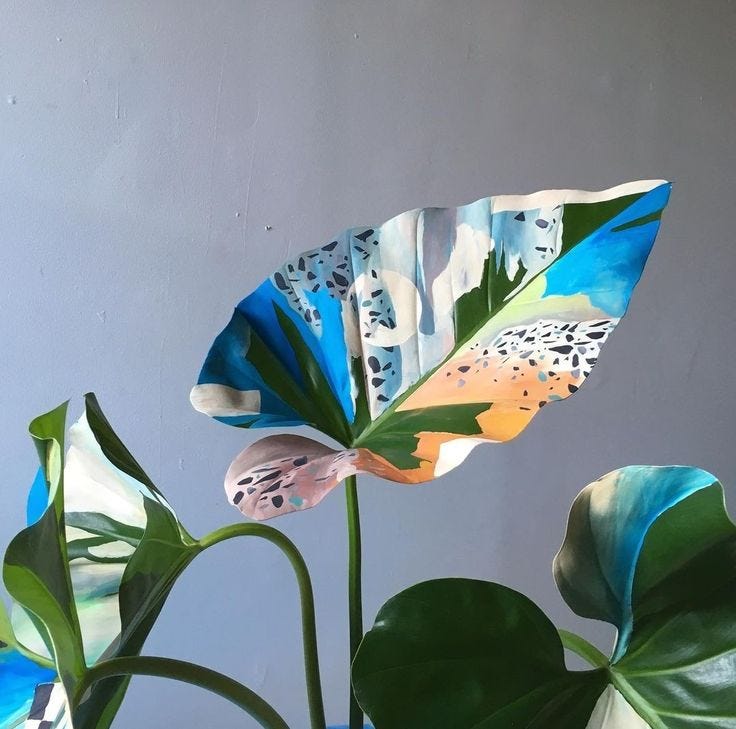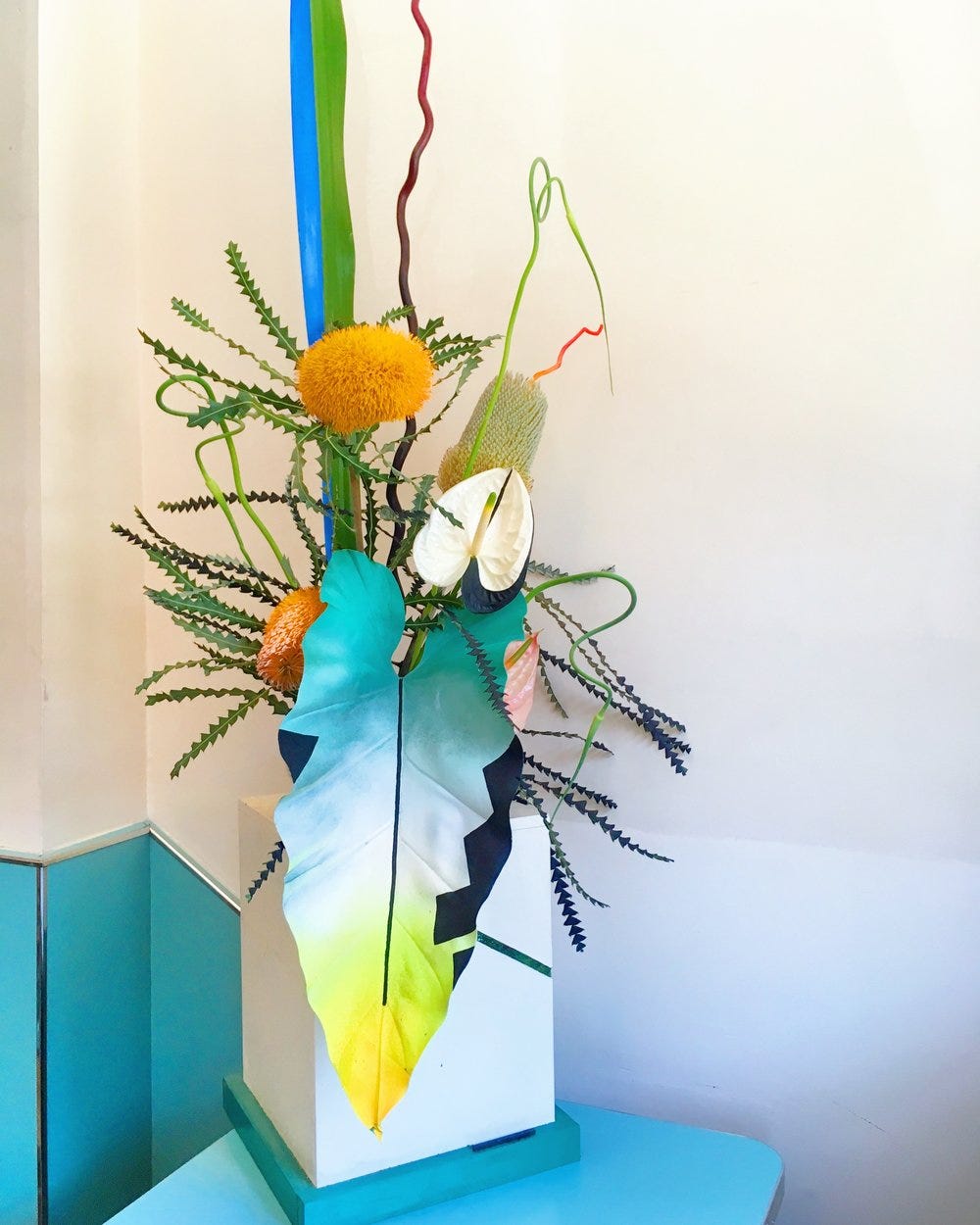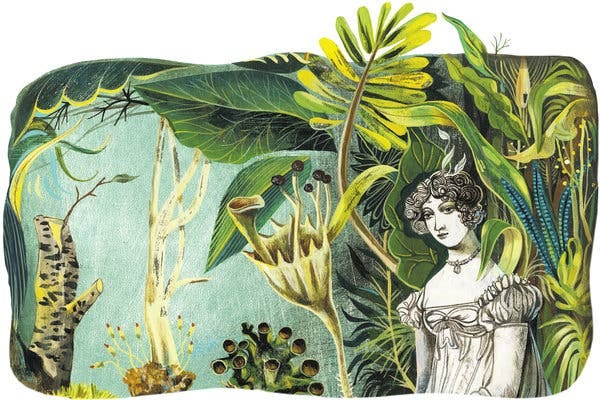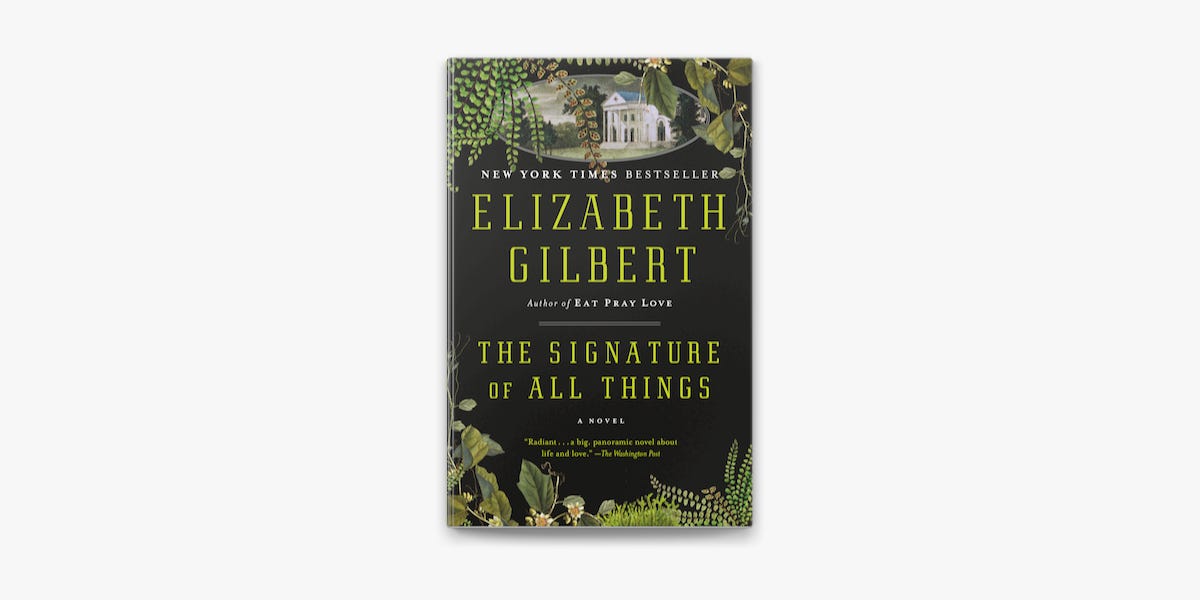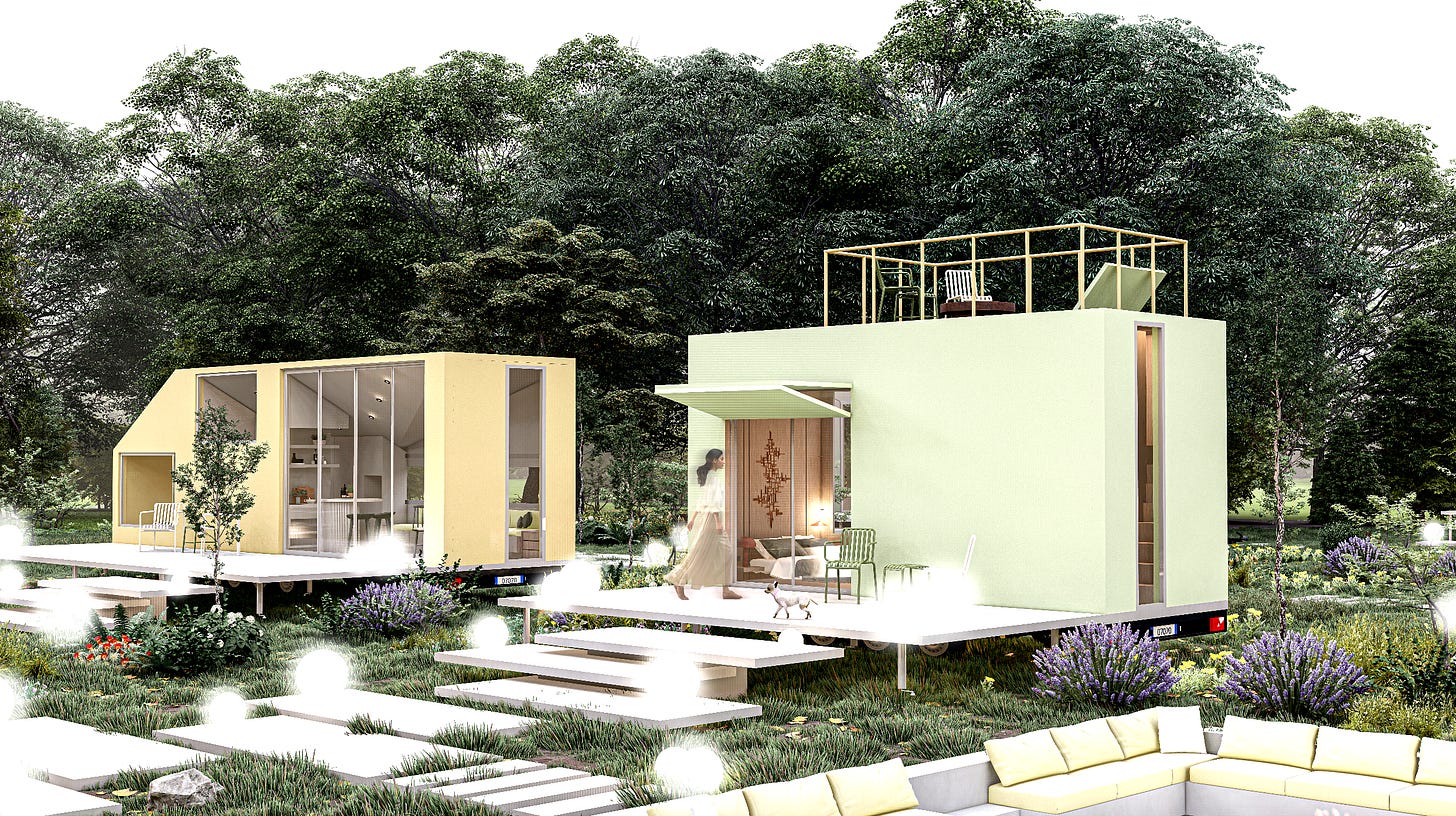Hello mid-July,
I’m writing this letter from Cabarete, Dominican Republic, where I’m visiting with my family for my 41st birthday week.
It’s one of the world’s top kitesurfing spots, a place we’ve dreamed of visiting for years, ever since we first began kitesurfing more than a decade ago.
It’s also my first time visiting the Caribbean, which makes this trip feel even more special.
I’ve spent years teaching about how naturalists discovered the so-called “new world” unearthing new species, new meanings, and new ways of seeing.
Now, standing on this land, I feel the vibration of those teachings in my own.
Discoveries in the Tropical Climate Zone
Teaching is a curious thing.
You can teach how to practice, even if you’re not currently practicing. You can pass on the learnings of others, even if you haven’t been there yourself.
This is often how architecture has been taught, by those who may not have built, but who have deeply thought. It’s a conversation worth having.
This month’s theme is Edges and the Edge Effect, liminal zones, and the quiet power of living at the periphery.
Mori Learning
//Nature-inspired Tools for Mind, Body and Soul
Exploring the Edge Effect an ecological phenomenon where two distinct ecosystems meet, creating a zone of heightened vitality, tension, and diversity.
These transition zones, known as ecotones, are where life gets interesting.

In these edge zones, species from both environments coexist—and entirely new ones emerge.
They’re often denser with life than the core habitats they bridge.
This is the edge effect: complexity born from contrast.
Why edges matter
Higher biodiversity: Ecotones often hold more species—and more interactions between them—than either adjacent ecosystem alone.
Increased adaptability: Organisms living on the edge tend to be more flexible, responsive, and resilient.
Natural creativity: Many evolutionary leaps happen in edge zones, where stress and opportunity coexist.
Examples in Nature:
🌳 Forest–Field Edges: Host both shade-loving and sun-loving plants, supporting more insect and bird life.
🪨 Coastal Intertidal Zones: Constantly shifting; home to crabs, sea stars, and organisms adapted to change.
🌾 Savanna-Woodland Borders: Migratory species pass through, creating temporary ecological theater.
🌊 Mangrove Edges: Where freshwater rivers meet saline tides—breeding grounds for countless fish species.

Edge as Design Principle
Great architecture and land design mimic this logic:
Cabins placed at treelines, ridgelines, water edges are more visually and energetically alive.
Windows are edge zones between inside and outside.
Even thresholds within interiors—hallways, doorways—can hold symbolic and emotional charge.
Living as an Ecotone
Edges are not stable. But they are fertile.
This month, I invite you to explore your own edge zones: What is your edge this summer?
Mine seems to be bodily challenges rather than mentally.
Let it be the topic for my next letter. But till then, share with me yours.
Creative Botany
//Botanical Thinking for Creative Souls
Sophie Parker: Color at the Edge of Decay
This month, as we explore the Edge Effect those fertile zones where one form becomes another, let’s look to the work of Sophie Parker, a Brooklyn-based artist who paints at the boundary between life and transformation.
I just discovered her work and still holding my breath.
Working with fallen banana leaves, elephant ears, and oversized tropical foliage, she treats each botanical surface as a canvas, painting directly onto them in bold, unexpected colors.
The result is part sculpture, part shadow, part resurrection.
In ecological terms, she’s painting the ecotone—the soft, uncanny zone where something is no longer what it was, but not yet something new.
It reminds me that beauty isn’t always in bloom.
Edges are where life reconfigures.
Nature Library
// Timeless Books, Beyond Green
I just finished the incredible novel The Signature of All Things — a sweeping historical fiction published in 2013 that follows Alma Whittaker, an 18th- to 19th-century amateur botanist.
Born in 1800 on her wealthy father’s Philadelphia estate, Alma grows into a curious and determined scientist, studying mosses and pursuing a deeper understanding of evolution.
Alma’s story is epic in both scope and detail: family, fortune, love, devotion, failures, and longing.
Gilbert’s deep historical research shines through thanks to her vivid depictions of real places, era-appropriate science, and authenticity in emotional resonance .
It took me six months to finish — reading in pauses, then returning — until toward the end, I couldn’t put it down. No spoilers, but it concludes beautifully, full of clarity and resonance.
Elizabeth Gilbert is widely known for Eat, Pray, Love, but this is her second novel—and her most heavily researched fiction yet.
This is a historical transmission rooted in science and rich character work
Inside Mori Cabin
// Journey of the Mori
During our recent visit to the Dominican Republic, I took time to visit several wellness resorts, not as a guest, but as a case study observer.
I walked their paths, noted how they positioned their cabañas (Spanish for cabin), how they designed their transitions between indoors and wild, how hospitality was used not just to impress, but to restore.
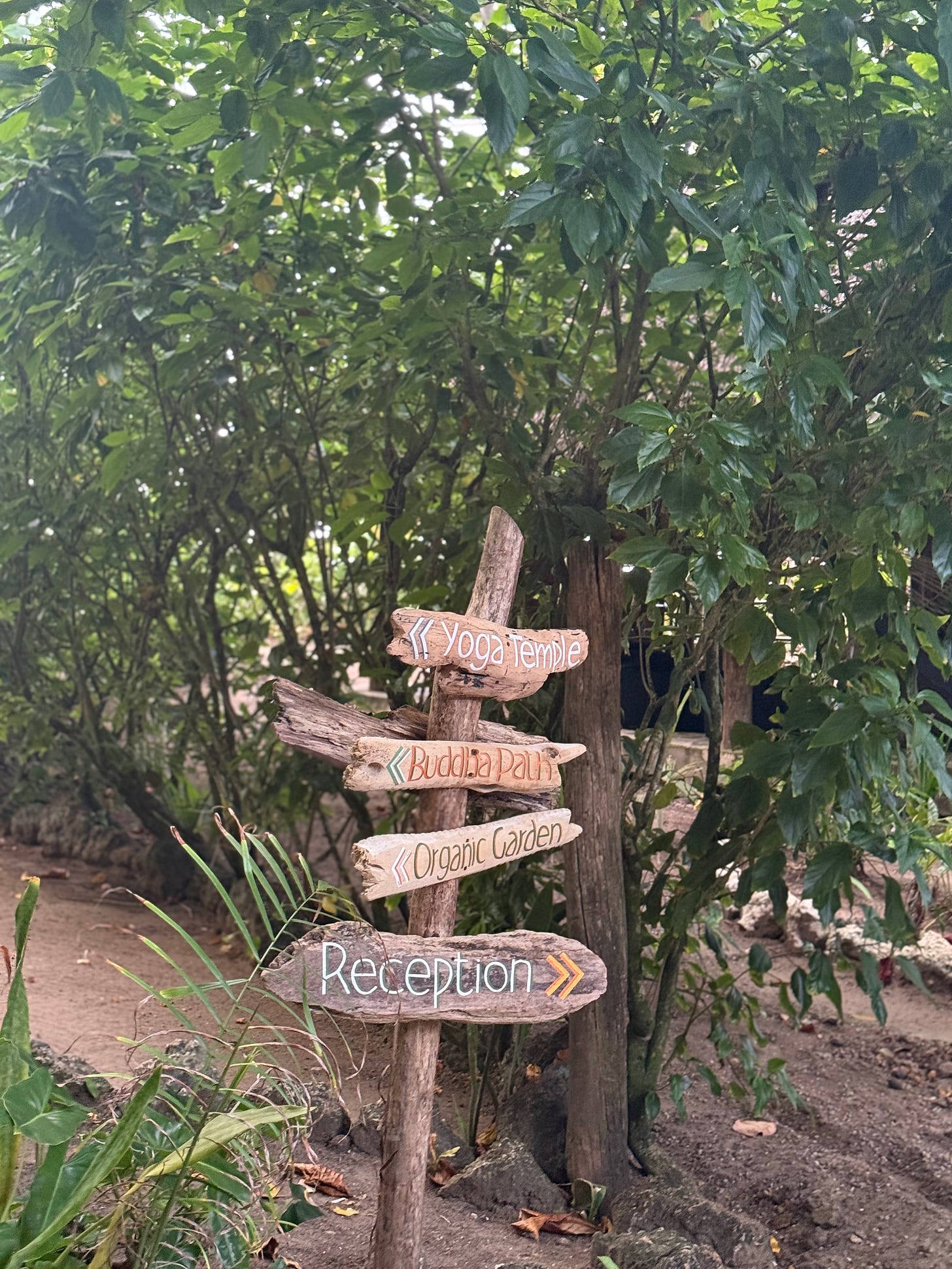
It was deeply inspiring, and reminded me why I started Mori Cabin in the first place: a brand rooted in learning, living, style, and stillness.
What I witnessed is part of a larger shift. There is now a growing field called wellness real estate, properties intentionally designed to support health, clarity, and resilience.
Not just architecture for living, but architecture for living well.
Along this journey, Mori has remained dedicated to this mission, to design spaces that support stillness, sovereignty, and natural intelligence.
Thank you for being part of this unfolding, simply by reading, you're part of the quiet shift we’re building toward slowly.
Warmly,
Thank your for your time. Mori Letter is fully reader supported.
All my recommendations are personal and carefully chosen✨



